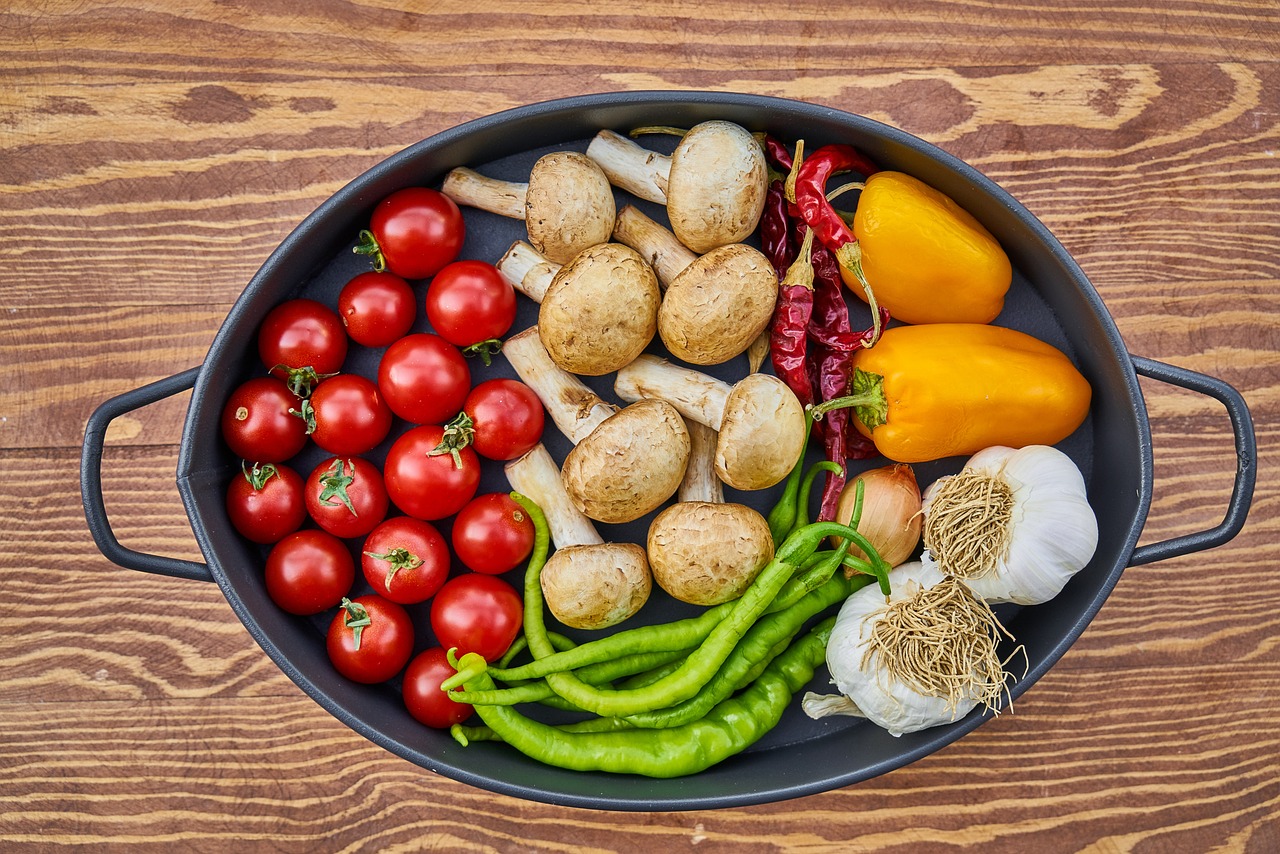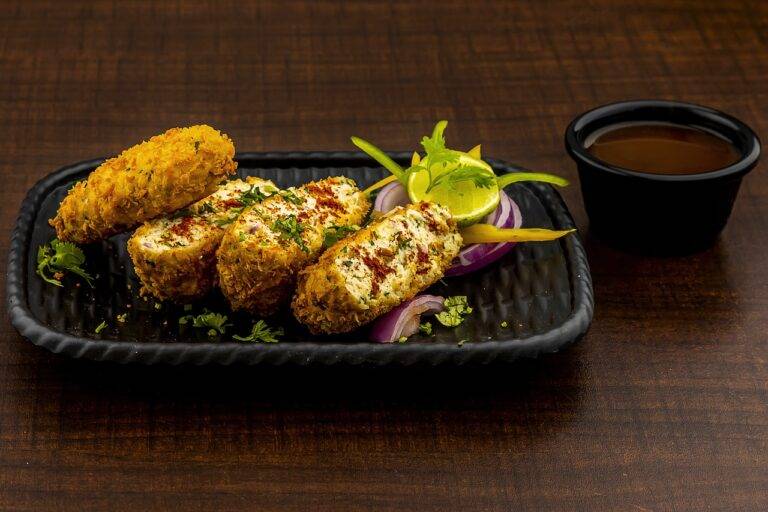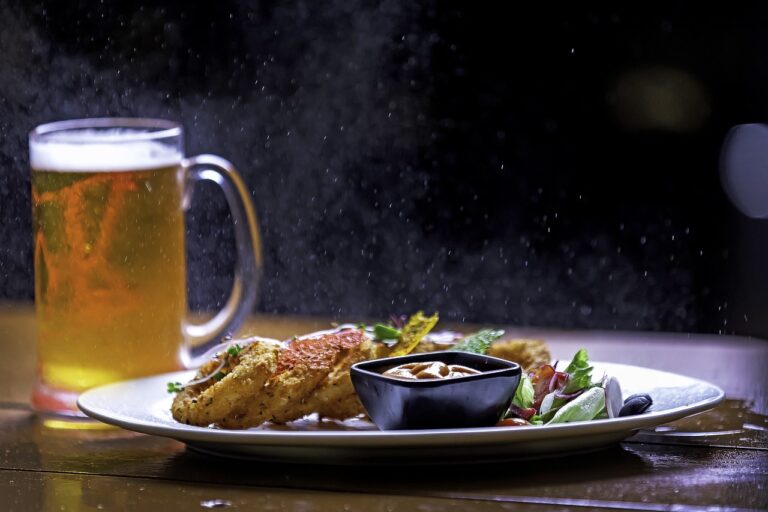The Influence of Cultural Diversity on Food Trends
Cultural diversity in food trends serves as a vibrant reflection of our evolving society. The fusion of various culinary traditions brings a unique flavor to the global food scene, showcasing a rich tapestry of tastes and textures that appeal to a wide range of palates. Embracing diversity in food trends not only enhances our gastronomic experiences but also promotes cross-cultural understanding and appreciation.
Exploring different cuisines and ingredients from around the world allows us to broaden our culinary horizons and experiment with new flavors. By incorporating diverse cultural influences into our cooking, we not only infuse our dishes with exciting and exotic tastes but also celebrate the rich heritage and traditions behind each recipe. The integration of global flavors and ingredients into food trends sparks creativity and innovation in the kitchen, inspiring us to create bold and enticing culinary creations that push the boundaries of traditional cuisine.
Embracing diversity in food trends enhances gastronomic experiences
Promotes cross-cultural understanding and appreciation
Broadens culinary horizons by exploring different cuisines and ingredients
Celebrates rich heritage and traditions behind each recipe
Sparks creativity and innovation in the kitchen with global flavors and ingredients
Exploring Global Flavors and Ingredients
The world is a melting pot of diverse cultures, each with its unique culinary traditions and flavors. Globalization has opened up a world of possibilities, allowing people to explore and appreciate different tastes and ingredients from around the globe. From vibrant spices in Indian cuisine to umami-rich flavors in Japanese dishes, there is a vast array of flavors waiting to be discovered.
The use of ingredients like coconut milk, turmeric, and lemongrass in Southeast Asian cuisine or the incorporation of plantains and yucca in Latin American dishes adds depth and complexity to the culinary landscape. These global flavors not only tantalize the taste buds but also reflect the rich histories and traditions of the cultures from which they originate, creating a tapestry of flavors that enrich our dining experiences.
The Impact of Migration on Culinary Traditions
Migration has played a significant role in shaping culinary traditions around the world. When people relocate to new places, they bring along their food preferences, cooking techniques, and traditional ingredients. This exchange of culinary practices enriches the local food scene and creates a fusion of flavors that reflects the diversity of cultures present in the community.
In addition to influencing the ingredients and cooking styles used in a particular region, migration also introduces new dishes and recipes to local cuisines. As migrants adapt their traditional dishes to suit the ingredients available in their new environment, they often create unique and innovative culinary creations that blend elements from different cultures. This blending of food traditions not only preserves the heritage of the migrant communities but also introduces new and exciting flavors to the wider population.
How does migration contribute to the diversity of culinary traditions?
Migration brings people from different cultures together, leading to the exchange of cooking techniques, ingredients, and recipes. This fusion of culinary traditions results in a rich tapestry of flavors and dishes.
Why is it important to embrace cultural diversity in food trends?
Embracing cultural diversity in food trends allows for a more inclusive and dynamic culinary landscape. It encourages exploration and appreciation of different cuisines, ultimately enriching our gastronomic experiences.
What are some examples of global flavors and ingredients that have been popularized through migration?
Some examples include Mexican spices like cumin and chili peppers, Indian curry blends, and Japanese ingredients like miso and seaweed. These flavors and ingredients have become staples in many kitchens around the world thanks to migration.
How can individuals support and celebrate the impact of migration on culinary traditions?
Individuals can support the impact of migration on culinary traditions by exploring different cuisines, dining at diverse restaurants, and learning about the history and cultural significance of various dishes. By embracing and celebrating this diversity, we can honor the contributions of migrants to our culinary heritage.







